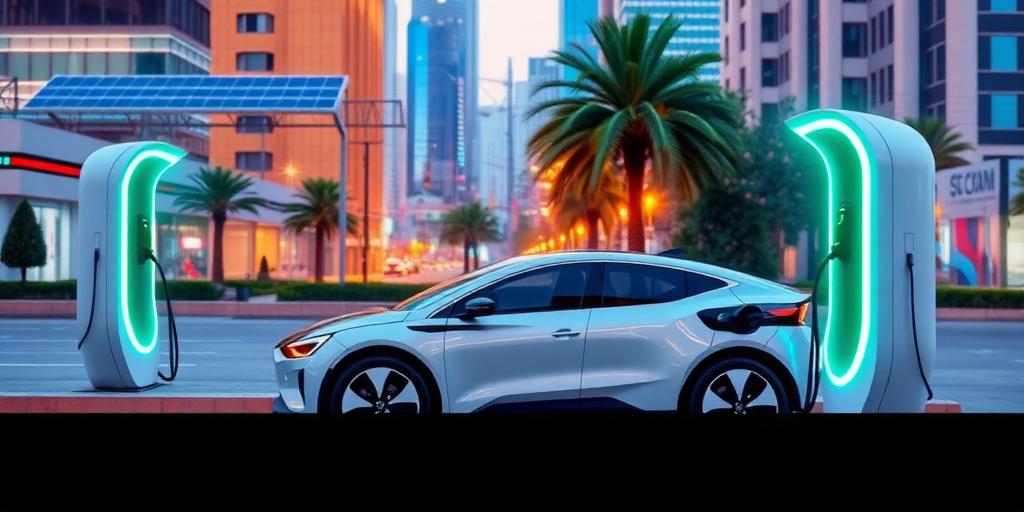Electric vehicles (EVs) are rapidly transforming the automotive landscape, and by 2025, significant advancements in both technology and infrastructure are expected. This article provides an overview of the anticipated state of EV technology and infrastructure in 2025.
EV Technology Advancements
- Battery Technology: One of the most critical areas of advancement is battery technology. By 2025, expect to see widespread adoption of solid-state batteries, which offer higher energy density, improved safety, and faster charging times compared to traditional lithium-ion batteries. These advancements will lead to longer driving ranges and reduced charging times, addressing two major concerns for potential EV buyers.
- Charging Speed: Advancements in charging technology will significantly reduce charging times. 800V charging systems, already present in some high-end EVs, will become more common, allowing for charging speeds up to 200 miles of range in approximately 15-20 minutes. Wireless charging technology will also mature, offering a convenient charging solution at home and in public spaces.
- Powertrain Efficiency: Improvements in powertrain design and efficiency will contribute to better energy consumption. Innovations such as silicon carbide (SiC) inverters and more efficient electric motors will reduce energy losses, extending the driving range and overall efficiency of EVs.
- Autonomous Driving Features: While fully autonomous driving may still be a few years away, Level 3 autonomous features will become more prevalent in EVs by 2025. These features include advanced driver-assistance systems (ADAS) such as lane-keeping assist, adaptive cruise control, and automated parking, enhancing the driving experience and safety.
- Vehicle-to-Grid (V2G) Technology: V2G technology will gain traction, allowing EVs to not only draw power from the grid but also supply it back. This bidirectional energy flow can help stabilize the grid, reduce energy costs, and provide backup power during outages. Widespread adoption of V2G will require supportive policies and infrastructure, but the potential benefits are substantial.
Infrastructure Developments
- Charging Stations: The availability of charging stations is crucial for EV adoption. By 2025, the number of public charging stations will increase significantly, with a focus on expanding high-speed charging infrastructure. Governments and private companies will invest heavily in deploying charging stations along highways, in urban areas, and at workplaces.
- Standardization: Standardization of charging connectors and protocols will improve the user experience. The Combined Charging System (CCS) is expected to become the dominant standard in North America and Europe, while other regions may adopt different standards. Interoperability will be a key focus to ensure that EVs can charge at any compatible charging station.
- Smart Charging: Smart charging technologies will optimize energy consumption and reduce the strain on the grid. These systems use data analytics and real-time information to schedule charging during off-peak hours, manage energy demand, and integrate renewable energy sources. Smart charging will be essential for supporting the growing number of EVs on the road.
- Wireless Charging Infrastructure: Wireless charging will expand beyond residential use to public spaces, such as parking lots and roadways. Inductive charging pads embedded in the pavement will allow EVs to charge while parked or even while driving, providing a seamless and convenient charging experience.
- Renewable Energy Integration: The environmental benefits of EVs are maximized when they are powered by renewable energy sources. By 2025, there will be a greater emphasis on integrating renewable energy into the EV charging infrastructure. Solar and wind power will be used to power charging stations, reducing the carbon footprint of EVs and promoting sustainable transportation.
